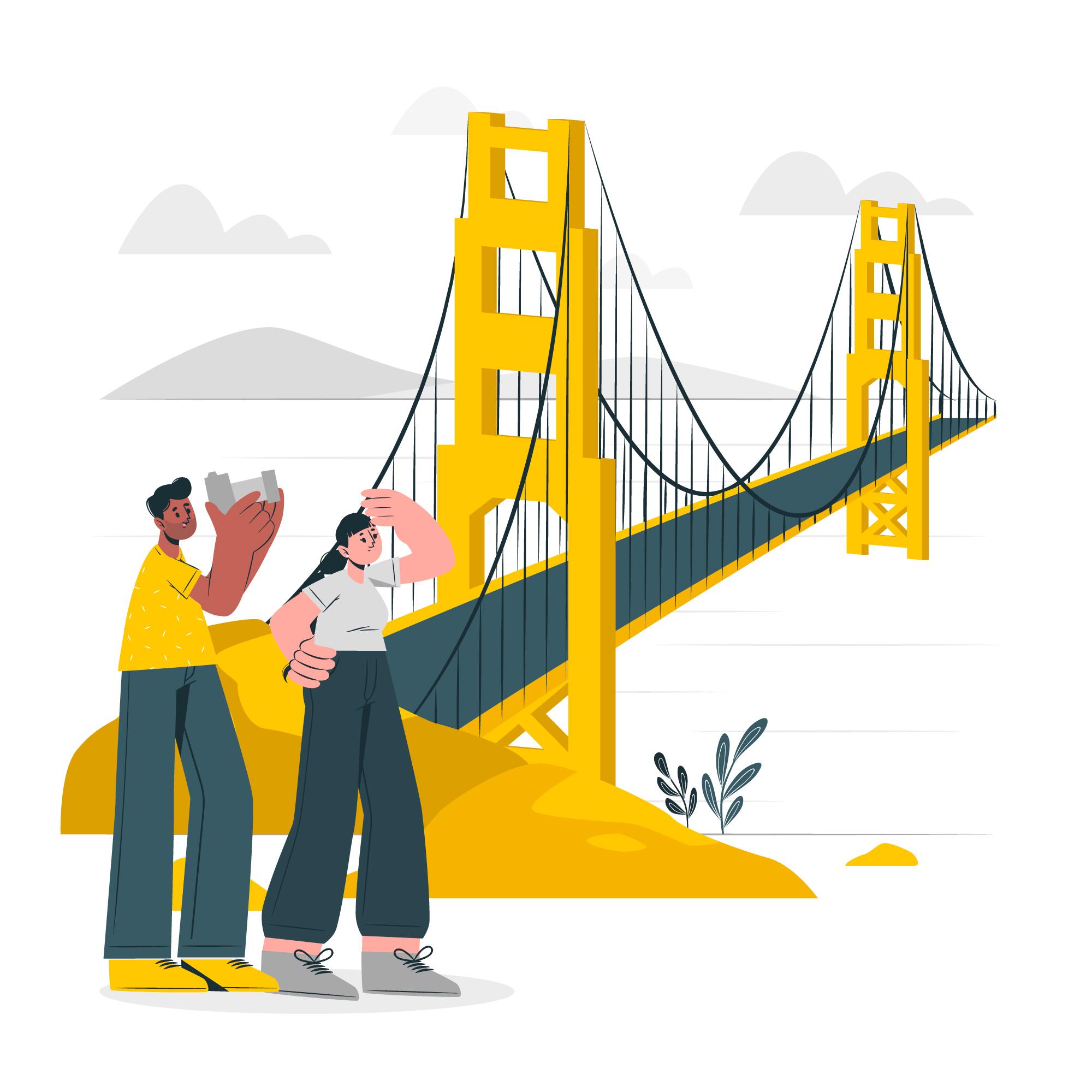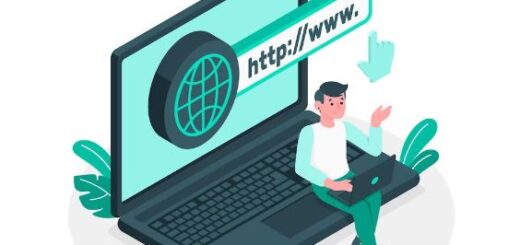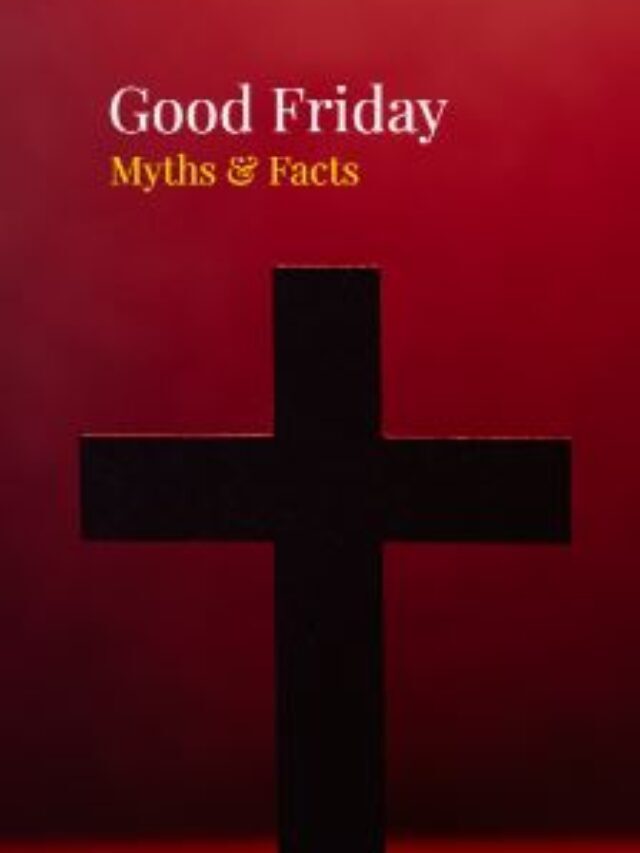9 tips to identify AI-generated images
Detecting AI-generated images or fake images can be challenging, as modern photo manipulation techniques have become increasingly sophisticated. There are several AI tools such as DALL-E, ChatGPT, Photor, Shutterstock, DeepAI and many others which are capable of generating images from text. However, here are some tips to help you identify potentially fake photos:
- Examine the details: Look closely at the photo for any anomalies or inconsistencies. This could include inconsistencies in lighting, shadows, reflections, or perspective. For example, if the lighting on the subject looks different from the lighting in the background, it could be a sign of photo manipulation.
- Zoom in: You might often find that the image appears in a social media post — for instance, if it’s displayed underneath words in a tweet, or the image has a blended social media logo. Zoom in to to check the image details.
- Check hands and mouths: If the photo has people, check out their hands or mouths. As the general-use AI technology is still evolving, often you will find these to be imperfect. For example, you might see people having six fingers, or two upper lips etc. These distortions might be sign of fake photos
- Check for unnatural elements: Look for any elements in the photo that appear unnatural or out of place. This could include people or objects that seem disproportionate in size, unrealistic colors, or overly smooth textures that may indicate excessive use of photo editing tools.
- Verify the source: Check the credibility and reputation of the source of the photo. If the photo is from a known and reputable source, it is more likely to be genuine. However, if the source is unfamiliar or known to be unreliable, be cautious about the authenticity of the photo.
- Reverse image search: Use reverse image search tools such as Google Images or TinEye to check if the photo has been used elsewhere on the internet. If the same photo appears in multiple contexts or with different captions, it could be a red flag.
- Look for signs of tampering: Look for any signs of tampering, such as unnatural blurs, inconsistent edges, or irregular patterns, which may indicate that the photo has been manipulated.
- Consider the context: Think about the context in which the photo is presented. Does it seem plausible given the time, place, and situation? If the photo seems unlikely or out of context, it could be fake.
- Seek expert opinion: If you are still unsure, consider seeking expert opinion from a professional photographer, forensic analyst, or digital forensics expert who may have more expertise in identifying fake photos.
It’s important to note that no method is foolproof, and some fake photos can be difficult to detect. Therefore, it’s always advisable to exercise critical thinking and skepticism when evaluating the authenticity of a photo, especially in today’s digital age where photo manipulation is prevalent.













